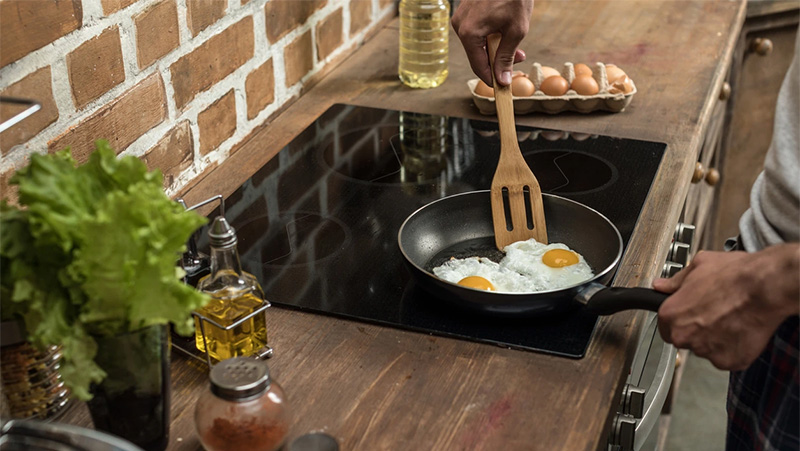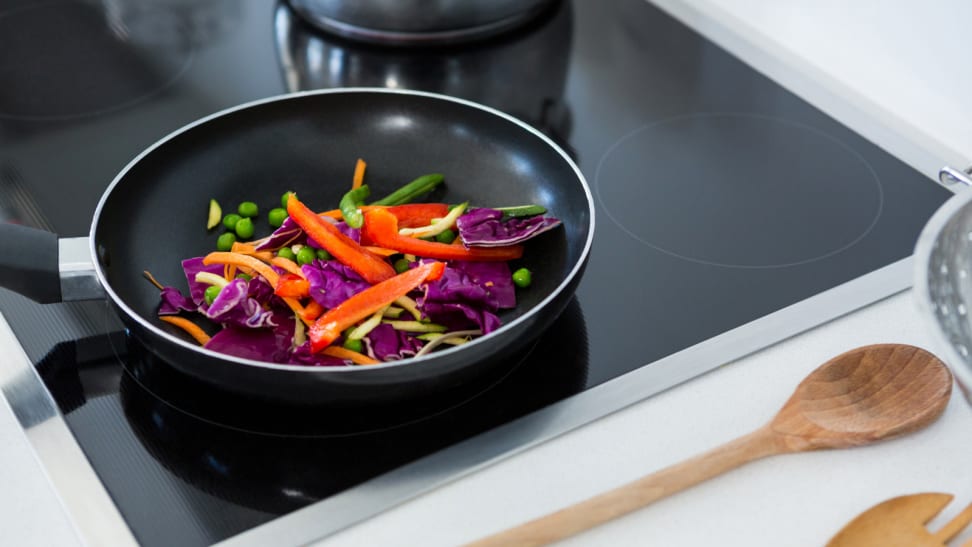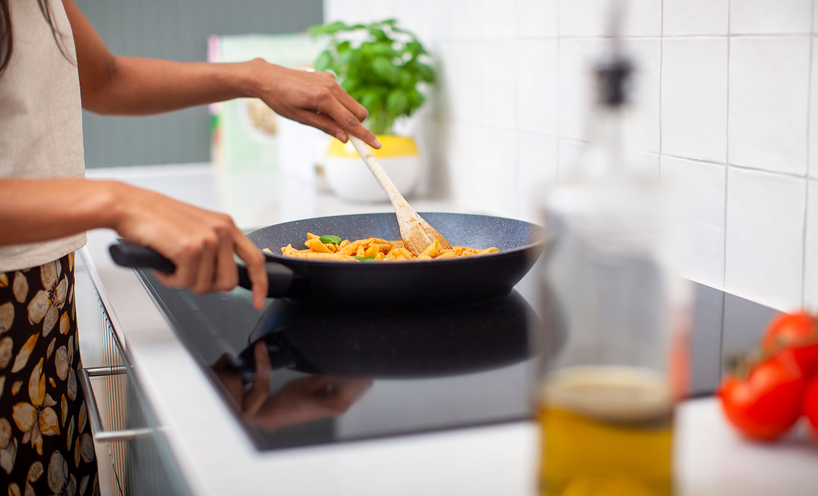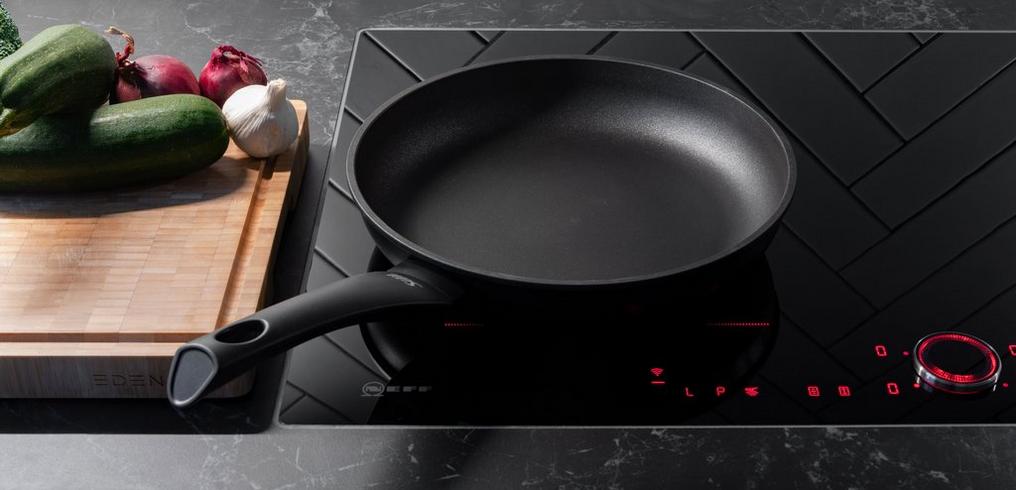As a kitchen professional, the challenges of cold spots in cast iron on induction are likely not new to you. This phenomenon can be frustrating, especially when striving for culinary perfection. Understanding why these cold spots occur and how to mitigate them can elevate your cooking experience and ensure consistent results.

What Causes Cold Spots?
Cold spots are areas on the cookware that do not heat as evenly as the rest of the surface. In the context of cast iron on induction cooktops, this issue arises due to the unique way induction technology works. Induction cooktops use electromagnetic fields to directly heat the cookware, as opposed to conventional methods that heat the cookware indirectly via a heating element or flame. This method requires that the cookware material is compatible with induction, which cast iron is, but it also means that the cookware's surface and thickness play crucial roles in heat distribution.
The Role of Material and Thickness
Cast iron is celebrated for its heat retention and even cooking capabilities. However, its thickness can be both a blessing and a curse. While thicker cast iron provides better heat retention, it can also lead to uneven heating on induction surfaces if the pan is not perfectly flat. Any slight warp or irregularity can result in cold spots, as the electromagnetic field may not affect those areas as effectively.
Moreover, the material's density can contribute to this issue. Cast iron's dense nature means it takes longer to heat up, which can exacerbate the problem of uneven heating if the pan is not given adequate time to preheat.
How to Minimize Cold Spots
Here are some practical tips to reduce cold spots when using cast iron on induction:
Preheating is Key
Preheating your cast iron pan is crucial. Allow the pan to sit on the induction cooktop for several minutes before adding any ingredients. This ensures that the entire surface reaches a uniform temperature, minimizing the risk of cold spots.
Use the Right Induction Zone
Ensure that your cookware is appropriately sized for the induction zone you are using. An oversized pan on a small induction zone may lead to uneven heating, particularly around the edges. For more information on using induction cooktops effectively, consider reading this insightful guide on using cast iron on induction.
Invest in Quality Cookware
While all cast iron pans can work on induction, not all are created equal. Investing in high-quality, well-crafted cast iron can make a noticeable difference. These pans often have smoother surfaces and more consistent thickness, reducing the likelihood of cold spots. Learn more about the differences between cast iron and other materials in this comparison of cast iron vs. copper cookware.
Consider the Surface
Make sure your pan's surface is clean and free of debris before use. Residue can create barriers that prevent even contact with the cooktop, leading to cold spots. Regular maintenance and seasoning of your cast iron can also help maintain a smooth cooking surface.

Exploring Further Solutions
For those who continue to experience problems, it might be worth considering alternative cooking techniques or cookware. For instance, learning to adjust cooking methods or exploring different recipes can sometimes alleviate the problems associated with cold spots. Try these sizzling vegetarian protein recipes that work well on induction cooktops.
FAQs About Cold Spots in Cast Iron on Induction
Why do cast iron pans sometimes have uneven heating on induction cooktops?
The uneven heating or cold spots are often due to the thickness and density of the cast iron, as well as the compatibility of the pan's surface with the induction cooktop.
Can I fix cold spots if they occur?
Yes, by ensuring your pan is properly preheated, clean, and correctly sized for the induction zone, you can minimize cold spots. Regular maintenance and investing in high-quality cookware can also help.
Is it worth investing in new cookware to solve this issue?
Investing in high-quality cookware can significantly reduce the occurrence of cold spots and enhance your overall cooking experience. It can be a worthwhile investment for kitchen professionals.
For further reading on the compatibility of cast iron with induction cooktops, you can check out this Wikipedia article on induction cooking.






Leave a comment
This site is protected by hCaptcha and the hCaptcha Privacy Policy and Terms of Service apply.